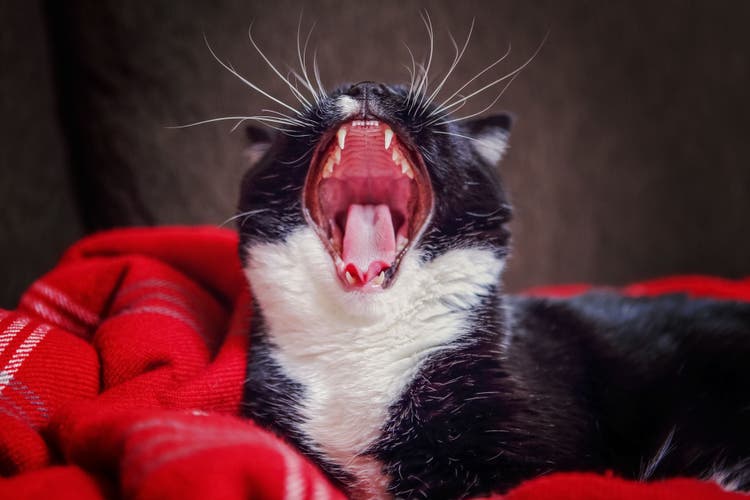
Hairballs in Cats
Dealing with Feline Hairballs
Hairballs are not among the many endearing qualities of long-haired cats, but they are part of the package. How should you deal with them? Here are some answers.
Hairballs, also called trichobezoar or fur balls, develop when a cat grooms herself with her tongue and ingests the hair. This hair forms into a mat or a ball within the digestive system and often leads to gastrointestinal symptoms, especially if it obstructs the pathway of food from the stomach. As it makes its way further into your cat’s system, it can cause constipation.
What You Should Look For
Common symptoms include vomiting or regurgitation. Often the hairball is brought up, but it may be preceded by fluid or food. Occasionally, you may hear a dry cough or it may sound like your cat has something stuck in the back of the throat. Your cat may also experience constipation.
Treatment of Feline Hairballs
There are several things you can do to treat hairballs. These include:
- Frequent grooming. Grooming your cat frequently can reduce the amount of hair your kitty ingests.
- Hairball products. You can also use petroleum-based products (such as Laxatone) that act as a laxative and lubricant to help your cat pass a hairball. These products, which are pleasant tasting to cats, can be fed in paste form or applied to your cat’s paws to allow your pet to lick it off.
- Hairball remedy treats. You can also give your cat treats that contain mineral oil, such as Pounce Hairball treatment, to break up the balls. Additionally, some pet food companies manufacture food for cats with recurrent hair or fur ball problems. Ask your veterinarian about these.